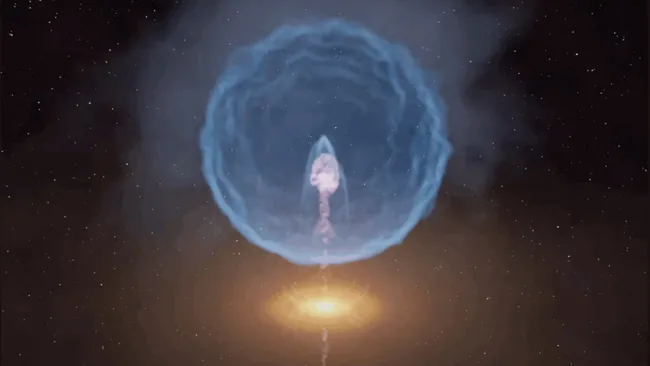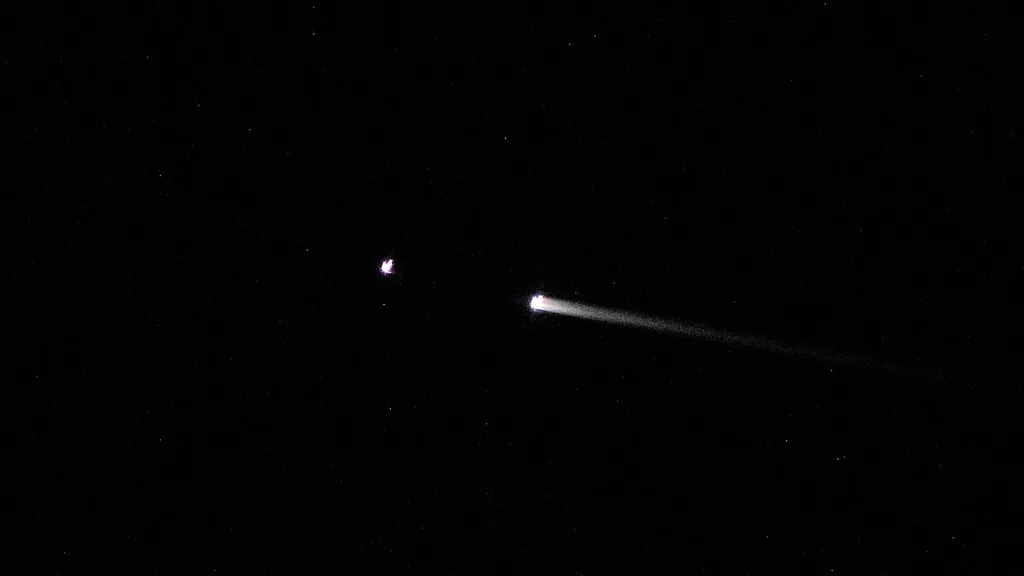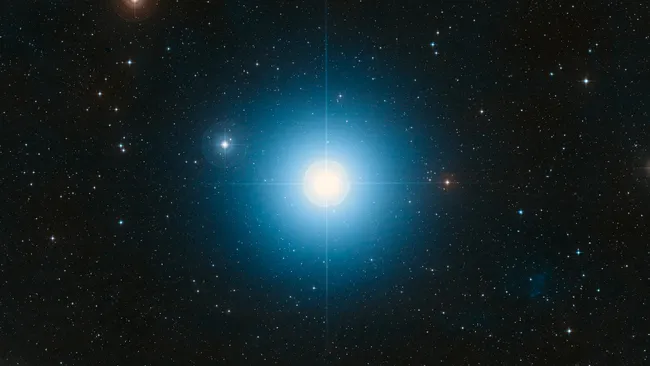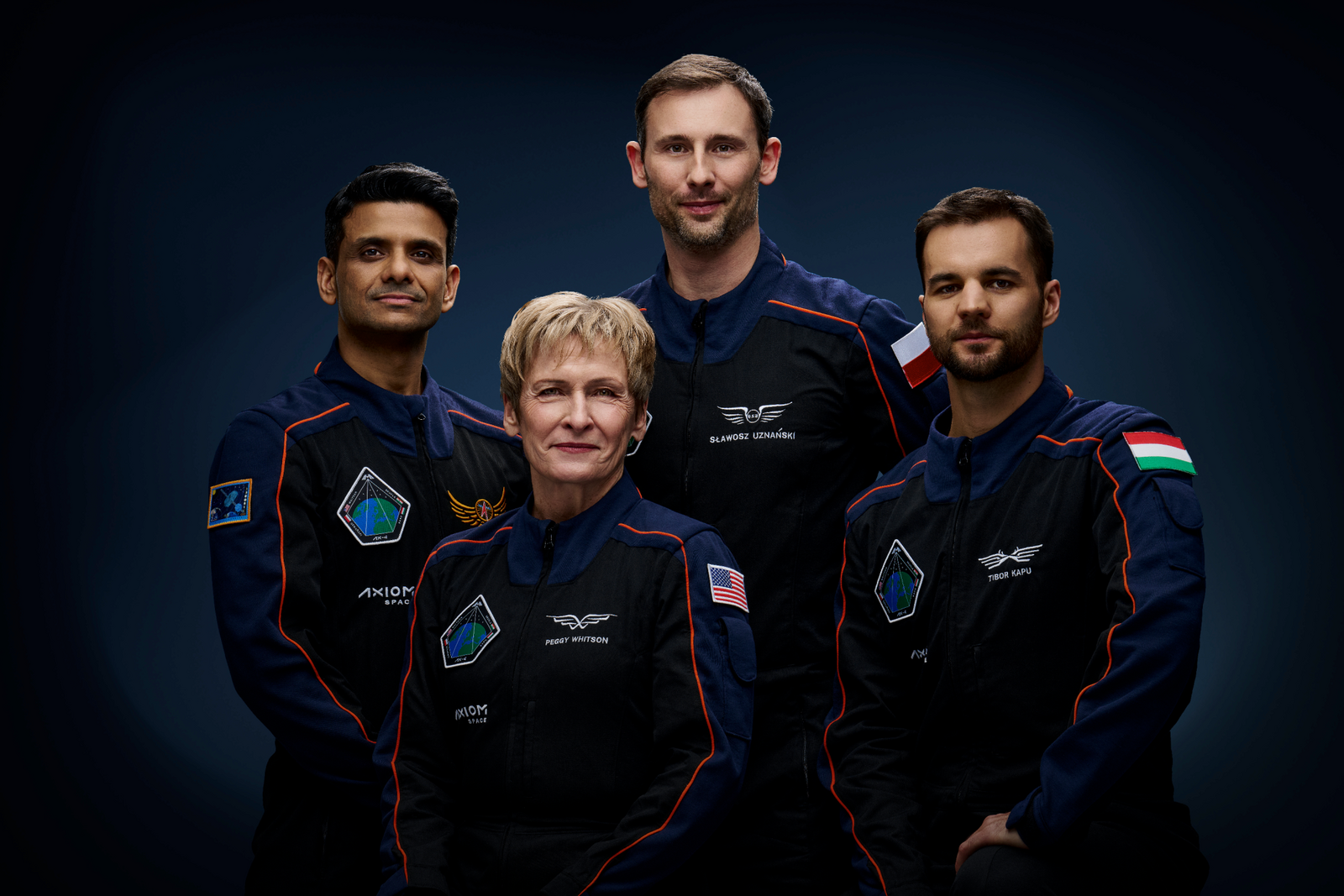When galaxies crash, they usually create stunning spirals or silent mergers—but not this time. In a jaw-dropping event 5 billion light-years away, galaxy cluster PLCKG 287.0+32.9 has broken the record for the largest radio glow ever seen, resembling a chaotic multi-car crash more than a graceful cosmic dance.
A new study presented by Kamlesh Rajpurohit, an astronomer at the Harvard-Smithsonian Center for Astrophysics, unveils a staggering radio-emitting halo spanning nearly 20 million light-years—around 200 times the diameter of the Milky Way.
“This is the largest ever observed in any galaxy cluster,” Rajpurohit told fellow astronomers at the 246th meeting of the American Astronomical Society in Alaska on June 9.
A Violent Cosmic Mess
PLCKG 287.0+32.9—nicknamed “Planck 287”—is undergoing a three-way galactic collision that has captured astronomers’ attention not only for its scale but also for its chaotic energy. Observations from NASA’s Chandra X-ray Observatory and South Africa’s MeerKAT radio array reveal shockwaves, turbulent gas, and massive jets from feeding supermassive black holes.
Chandra’s X-ray images show heated gas and shock fronts created by the violent merging process. Meanwhile, MeerKAT’s radio observations paint a “beautiful mess” of long ripples and additional shock fronts separated by 12 million light-years.
Yet, the most puzzling discovery is the radio halo itself. Unlike the compact emissions typically powered by black holes, this halo’s sheer size suggests something else is re-energizing the cosmic rays needed to sustain it.
Mystery Beneath the Glow
Radio emissions like this require two ingredients: cosmic rays and magnetic fields. Shockwaves can act as natural particle accelerators, boosting electrons to near light speed. But over such vast distances, these electrons should have lost energy already.
“We still don’t understand where these cosmic rays come from or how they survive,” Rajpurohit said. She suspects unseen shocks, invisible galaxies, or turbulence may be fueling the phenomenon. Some parts of the cluster might only be visible at longer wavelengths beyond current instruments’ reach.
Losing Our Eyes on the X-ray Universe?
This groundbreaking discovery would have been impossible without Chandra’s unmatched resolution. Yet the observatory’s future hangs in the balance. Under a recent budget proposal by the Trump administration, Chandra faces potential shutdown due to massive cuts to NASA’s science programs.
“If Chandra is shuttered, we will lose our X-ray eyes,” warned CfA astronomer Jaya Maithil, who recently used the telescope to capture a powerful quasar jet just 3 billion years after the Big Bang. No other existing or planned telescope can match Chandra’s detail.
Without it, scientists fear they’ll lose vital clues about how the universe evolved.
As for Planck 287, astronomers remain awed by this cosmic car crash—one that continues to blaze and baffle, hinting at deeper physics yet to be discovered.







